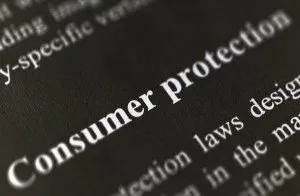A report released by CPSC, estimated 192,000 toy-related, emergency department-treated injuries in 2012 to children younger than 15 years. Many of the incidents were associated with, but not necessarily caused by, a toy.
 It’s important to note that defective products don’t only pertain to the safety of children. A defective product is consumable, commercially produced and distributed good that is (1) unfit for its intended use, (2) dangerous or harmful for normal use, (3) does not carry adequate instructions for its use, or (4) is inherently dangerous due to defective design, assembly, or manufacture.
It’s important to note that defective products don’t only pertain to the safety of children. A defective product is consumable, commercially produced and distributed good that is (1) unfit for its intended use, (2) dangerous or harmful for normal use, (3) does not carry adequate instructions for its use, or (4) is inherently dangerous due to defective design, assembly, or manufacture.
Some consumer protection statutes provide that a consumer who is harmed by a violation of the statutes may sue the business or organization that acted improperly. The consumer may sue to recover a specified penalty or may bring an action on behalf of consumers as a class. Consumer protection statutes are often designed to rely on private litigation as an aid to enforcement of the statutory provisions. In such an action, a consumer must show that the defendant engaged in misconduct of the kind prohibited by the applicable consumer protection statute.
Also, before you buy a used or second-hand product, check to be sure that it has not been recalled for safety reasons.
If you, or someone you know has been affected by a defective product, please contact us today so we can learn more about this situation and best advise you on the matter.
NO FEE UNLESS WE WIN – 29 YEARS OF EXPERIENCE – FREE CONSULTATION
Sources:
http://www.cpsc.gov/
http://www.businessdictionary.com/
http://consumerprotection.uslegal.com/








